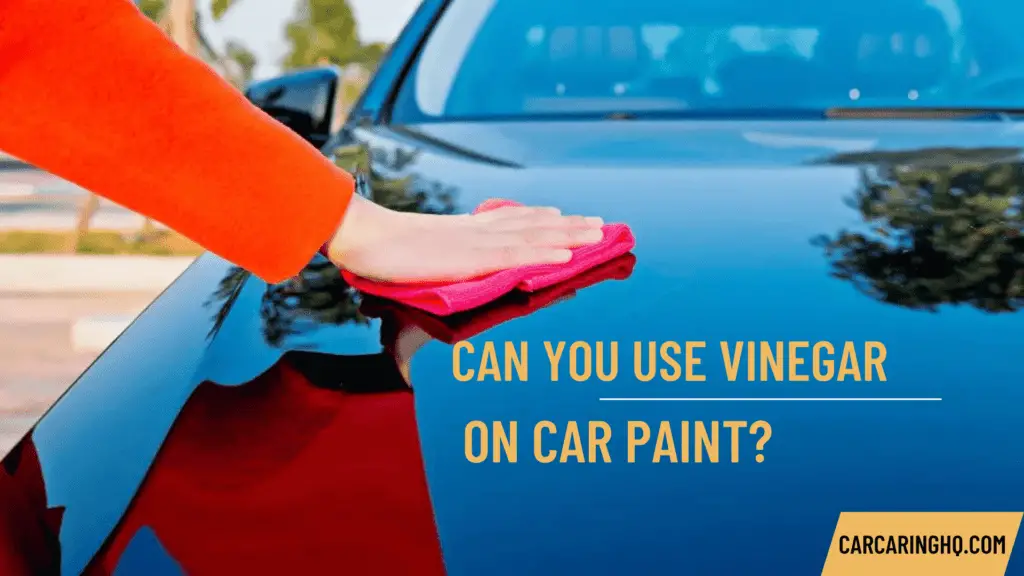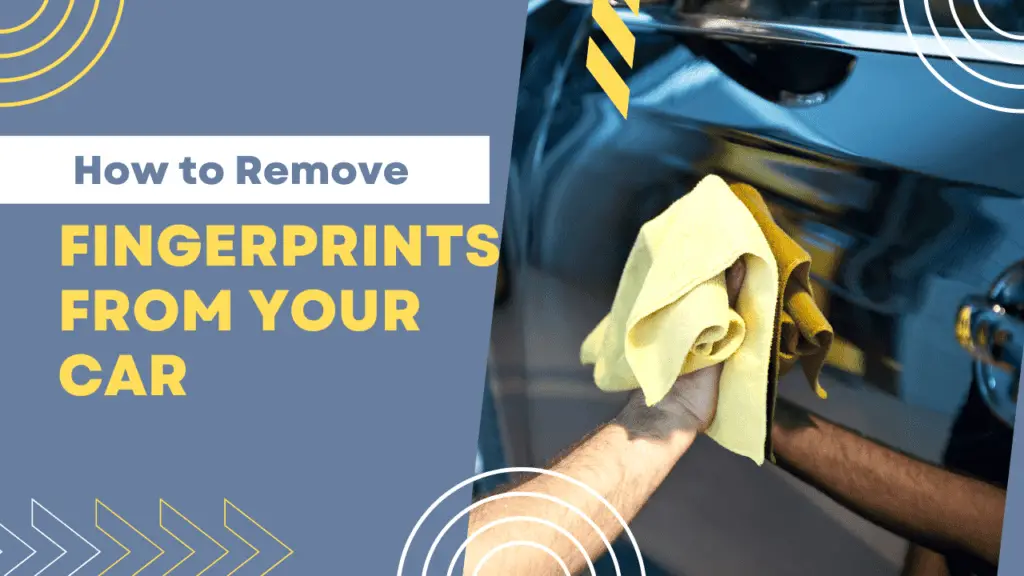Headlights are like the eyes of your car. When they become hazy, yellow, and foggy, it can severely impact nighttime visibility. This isn’t just a cosmetic issue; it can pose a real safety hazard. Cleaning them isn’t as straightforward as washing your car’s body, but it’s a task that can be handled at home with some patience and the right materials. The entire process of restoring headlights follows a meticulous step-by-step procedure to ensure clarity and long-lasting results.
The process begins with simple preparations like masking off surrounding areas to protect your car’s paint and cleaning the headlight to remove initial debris. From there, it involves a series of sanding steps using different grit sandpapers and specific motions to progressively refine the surface of the headlight. The final steps include compounding, polishing, and applying a protective UV coating. While it may sound complicated, each step is designed to gradually restore the headlight to its original condition, ensuring not only better visibility but also a fresher look for your vehicle.
Table of Contents
Step 1: Preparing the Headlight and Surrounding Area
Before diving into the actual restoration process, it’s important to prepare the working area to avoid any unintended damage. Begin by either opening the hood of your car or masking off the surrounding areas using masking tape to protect the paint from accidental sanding or chemical splashes. This step ensures that your car’s paint job remains intact throughout the restoration process.
Next, clean the headlight surface thoroughly using water and a microfiber towel to remove any loose debris, dirt, and grime. It’s essential to have a clean surface before you start sanding to prevent scratching the headlight further and to ensure the best results.
Step 2: Dry Sanding with 1000 Grit Sandpaper
Initial sanding, known as dry sanding, involves using 1000 grit sandpaper placed on a foam block. When sanding, make sure to move the block in side-to-side motions. Avoid circular or up-and-down movements; these can create uneven surfaces and additional scratches that are harder to remove later on.
During this process, you’ll notice a white residue forming on the headlight surface. This is the oxidized layer coming off, and it’s a normal part of the process, so don’t be alarmed. Continually wipe or blow off the dust produced during sanding to keep the surface clean and avoid deeper scratches.
Step 3: Damp Sanding with 1500 Grit Sandpaper
The next step is damp sanding, which requires 1500 grit sandpaper. Spray the sandpaper with water to dampen it before application. Unlike the first step, you should now sand in up-and-down motions. This technique helps in counteracting the scratches made by the initial sanding.
Once you’ve completed this step, spray the headlight with water and wipe it clean to remove any lingering particles. This ensures that the surface is ready for the next level of refinement.
Step 4: Fine Sanding with 3000 Grit Sandpaper
In this stage, you will use 3000 grit sandpaper for fine sanding. Apply this sandpaper in a side-to-side motion, similar to the first sanding step, to counteract the 1500-grit sanding marks. This stage is critical for achieving a surface that can be polished effectively with a machine later.
Make sure to clean the headlight surface one more time by spraying water and wiping it down. Proper cleaning between each step is crucial to avoid introducing scratches in the subsequent stages.
Step 5: Polishing the Headlight
After manually refining the surface through various stages of sanding, the next step is to use a machine polisher to get rid of the fine marks left by the sandpaper. Use a microfiber cutting pad or a wool pad along with your preferred polishing compound. You can either use a home drill or a detailing machine for this step.
Make a few passes over the headlight with the polisher until the lens starts to appear clearer. Checking your progress with a detailing light or by turning on the car’s headlights can help in gauging the clarity achieved.
Step 6: Applying a Protective UV Coating
Once the headlight is polished and free of scratches, it’s time to apply a UV protective coating. First, wipe the headlight with rubbing alcohol to remove any oils or residue from the polishing compound. This prepares the surface for the UV coating to adhere properly.
Follow the instructions on your chosen UV protective coating. Typically, you should spray the coating 4-6 inches away from the surface, allowing it to dry for a few minutes before applying a second coat. It’s important not to remove the masking tape immediately and to avoid getting the headlight wet for at least two hours, to let the coating cure properly.
Restoring the clarity of your car’s headlights is not merely a cosmetic enhancement but a crucial safety measure. The process might seem intricate, but it’s entirely doable at home with the right materials and a step-by-step approach. Not only does it improve night-time visibility significantly, but it also revitalizes the look of your vehicle.
By following careful preparation and a methodical sanding procedure, you can effectively remove the oxidation layer that causes haziness and yellowing. Each sanding step, from dry to damp to fine, serves a specific purpose in smoothing out the headlight surface, ultimately preparing it for polishing.
Polishing and applying a UV protective coating are essential final steps that ensure the longevity of your restoration work. Polishing removes fine scratches, while the UV coating protects against future sun damage, maintaining the clarity of your headlights over time.
In essence, headlight restoration is a worthwhile endeavor that combines improving safety with enhancing the aesthetic appeal of your car. With patience and attention to detail, you can achieve professional-quality results without needing specialized skills or tools.







